The Monsoon is Here — And So Is Your Chance to Grow Tulsi, Mint & More on Your Balcony
What if your rainy mornings did not just smell like earth and chai, but also lemongrass and mint? The monsoon season arrives like an old friend, a little dramatic, sometimes messy, but always welcome. But while most of us are reaching for umbrellas and hot drinks, nature is getting to work. This is the season when plants grow faster, roots settle stronger, and the soil comes alive. And right now, your balcony could too.
Imagine stepping out to pluck a sprig of fresh mint for your tea, tearing off coriander leaves for your curry, or simply brushing your hand through rosemary to release its calming scent. Herbs grow well during the monsoon season because the conditions are appropriate.
All you need are a few pots, some good soil, and a little guidance. They also grow well in small containers, making them ideal for flat balconies, window ledges, or even small verandas. Let’s explore which herbs are perfect for the rainy months, how to grow them step by step, and how to keep your mini herbal oasis blooming all season long.
Six easy monsoon herbs to grow on your balcony
1. Tulsi (Holy basil)
Why grow it?
Tulsi is known for its ability to boost immunity, clear the respiratory system, and calm the mind, especially helpful during damp monsoon months.
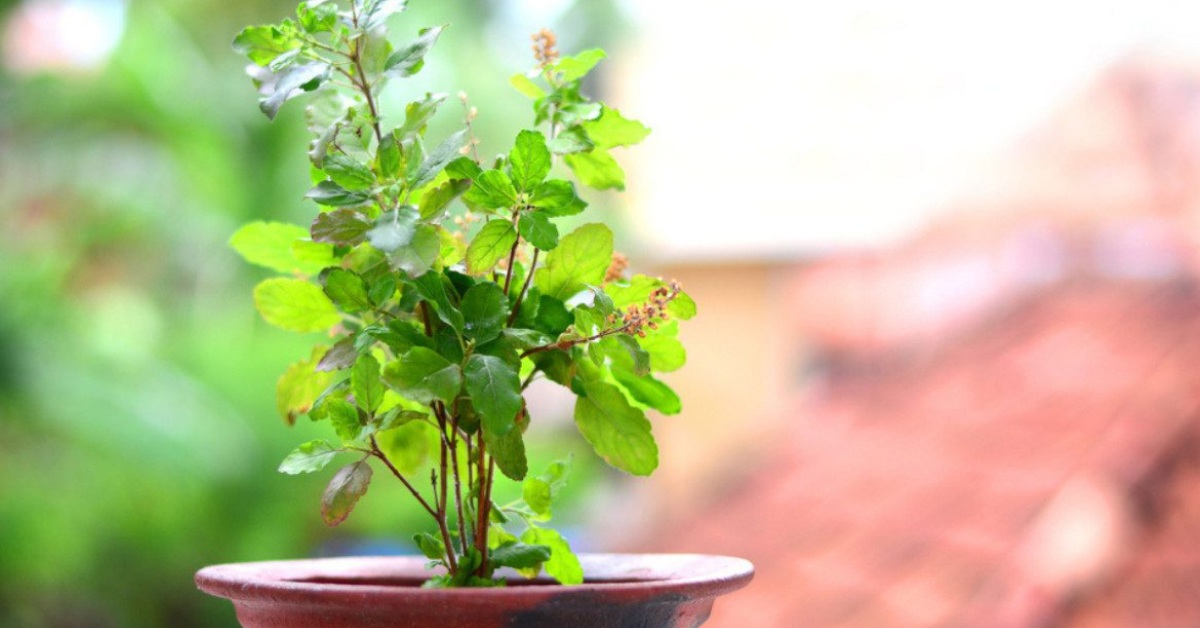 Water the tulsi plant only when the top of the soil feels dry; Picture source: Housing
Water the tulsi plant only when the top of the soil feels dry; Picture source: Housing
How to grow?
- Choose a medium-sized pot with good drainage.
- Fill it with well-drained soil (garden soil + compost + a little sand).
- Sow seeds one to two centimetres deep or plant a healthy cutting.
- Place the pot in indirect sunlight, avoiding heavy rain.
Care tips:
- Water only when the top of the soil feels dry.
- Pinch off flowers to encourage leaf growth.
- Avoid overwatering, especially during continuous rains.
2. Mint (Pudina)
Why grow it?
Mint aids digestion and can be used in drinks, chutneys, and salads. It is also very quick to grow and spreads easily.
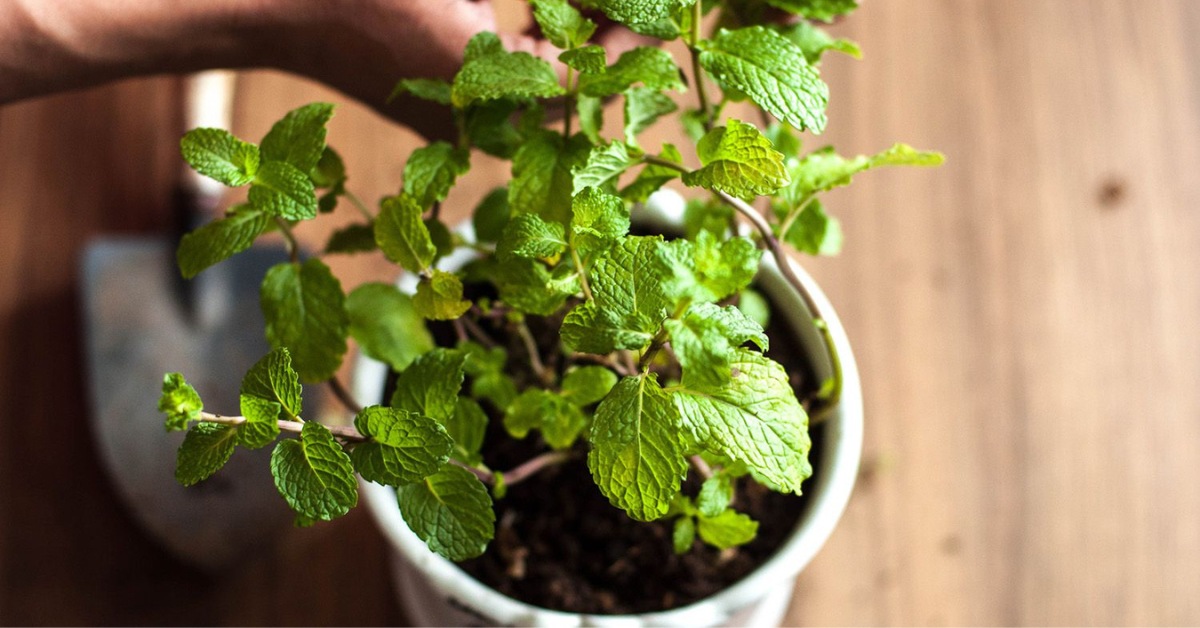 Keep the mint plant pot in a shaded spot that gets a little morning sun; Picture source: Better Home & Gardens
Keep the mint plant pot in a shaded spot that gets a little morning sun; Picture source: Better Home & Gardens
How to grow?
- Use a shallow and wide container because mint spreads sideways.
- Plant a few cuttings with roots in moist and rich soil.
- Keep the pot in a shaded spot that gets a little morning sun.
Care tips:
- Trim regularly to stop it from becoming leggy.
- Water daily, but avoid waterlogging.
- Remove yellow leaves to prevent fungal growth.
3. Coriander (Cilantro)
Why grow it?
Coriander adds flavour to many dishes and has detoxifying and digestive benefits. It is fast-growing and does not require much attention.
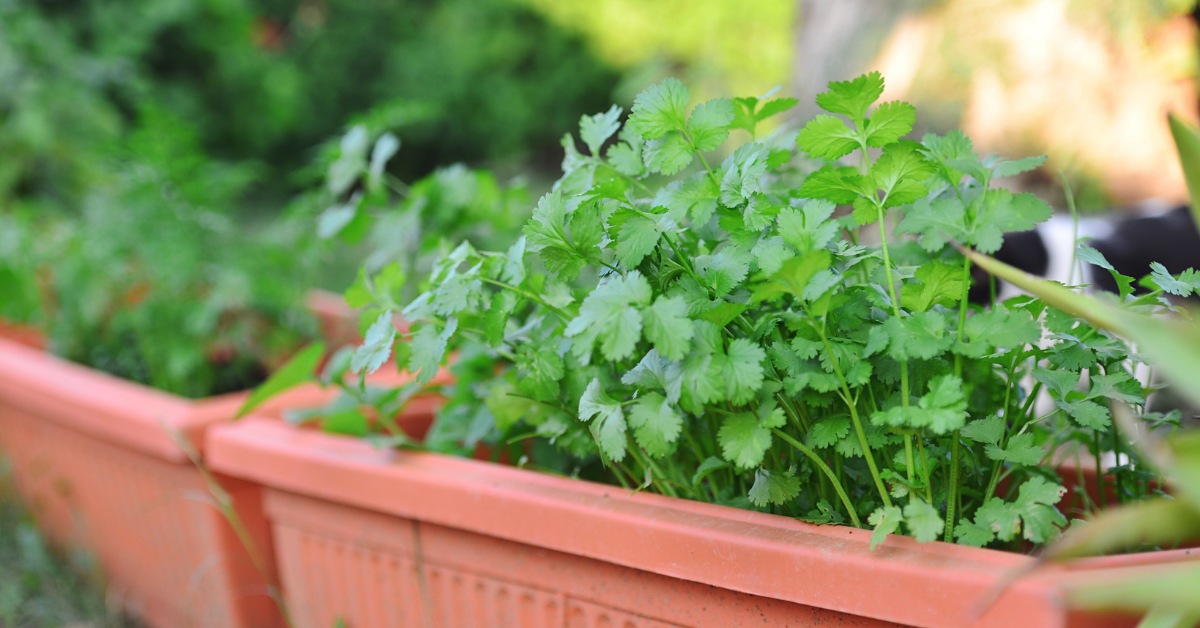 Coriander is fast-growing and does not require much attention; Picture source: Good Housekeeping
Coriander is fast-growing and does not require much attention; Picture source: Good Housekeeping
How to grow?
- Lightly crush whole coriander seeds before planting.
- Sow them in a shallow pot with well-aerated soil.
- Water gently and place in partial sunlight.
Care tips:
- Keep the soil damp but not soaked.
- Harvest leaves when they are four to six inches tall.
- Resow seeds every two weeks for a steady supply.
4. Lemongrass
Why grow it?
Lemongrass helps digestion, reduces stress, and acts as a natural mosquito repellent, ideal during the wet season.
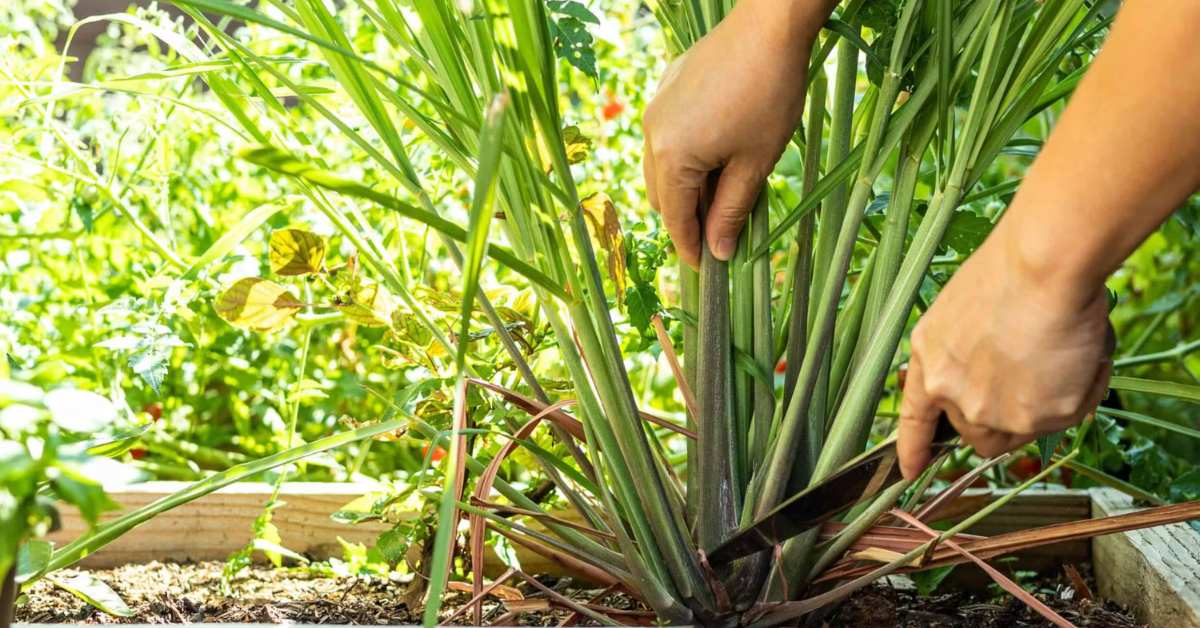 Make sure to cut off dry or yellow leaves in your lemongrass plant if you want it to grow well; Picture source: Backyard Boss
Make sure to cut off dry or yellow leaves in your lemongrass plant if you want it to grow well; Picture source: Backyard Boss
How to grow?
- Use a large pot (at least 12 inches deep).
- Plant a stalk with roots in sandy and well-draining soil.
- Place the pot in a sunny spot on your balcony.
Care tips:
- Water when the topsoil feels dry.
- Cut off dry or yellow leaves.
- Feed with a mild liquid fertiliser once a month.
5. Curry Leaves (Kadi Patta)
Why grow it?
Curry leaves are commonly used in Indian cooking and are packed with nutrients like iron and antioxidants.
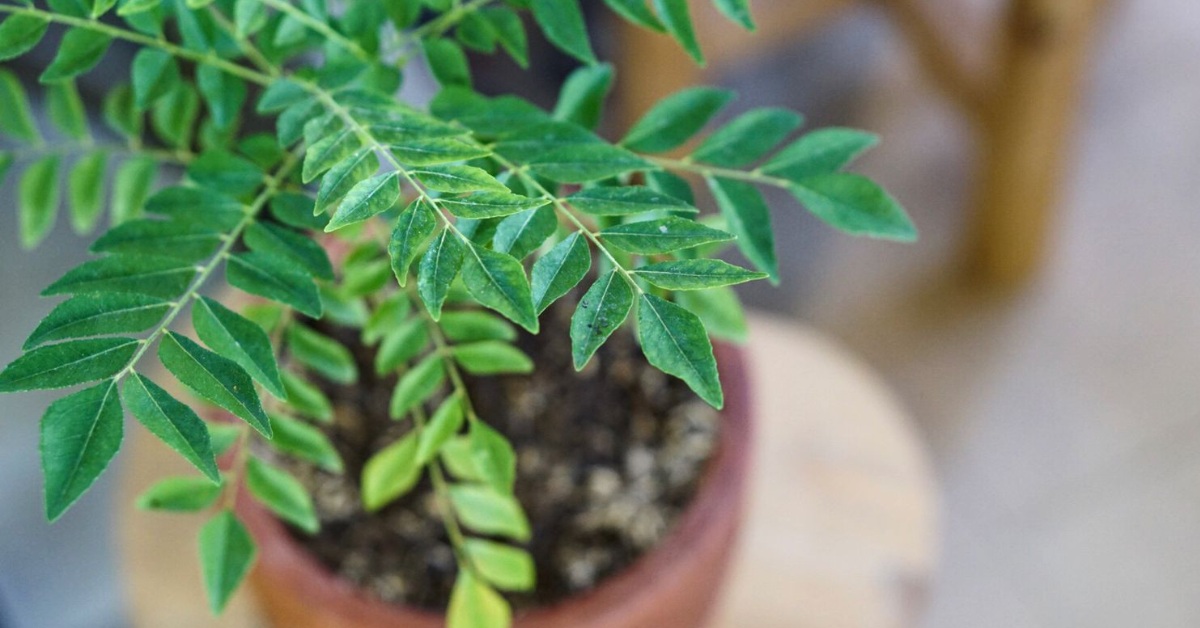 Plant your curry leaves in a deep pot with loamy and well-drained soil; Picture source: The Spruce
Plant your curry leaves in a deep pot with loamy and well-drained soil; Picture source: The Spruce
How to grow?
- Start with a small sapling because it is easier than growing from seed.
- Plant in a deep pot with loamy and well-drained soil.
- Keep in a spot that gets a few hours of sunlight each day.
Care tips:
- Water only when the top inch of soil dries out.
- Prune lightly to encourage fuller growth.
- Avoid exposing the plant to strong winds or constant rain.
6. Fenugreek (Methi)
Why grow it?
Fenugreek is rich in fibre, helps control blood sugar, and grows fast, making it perfect for beginner gardeners.
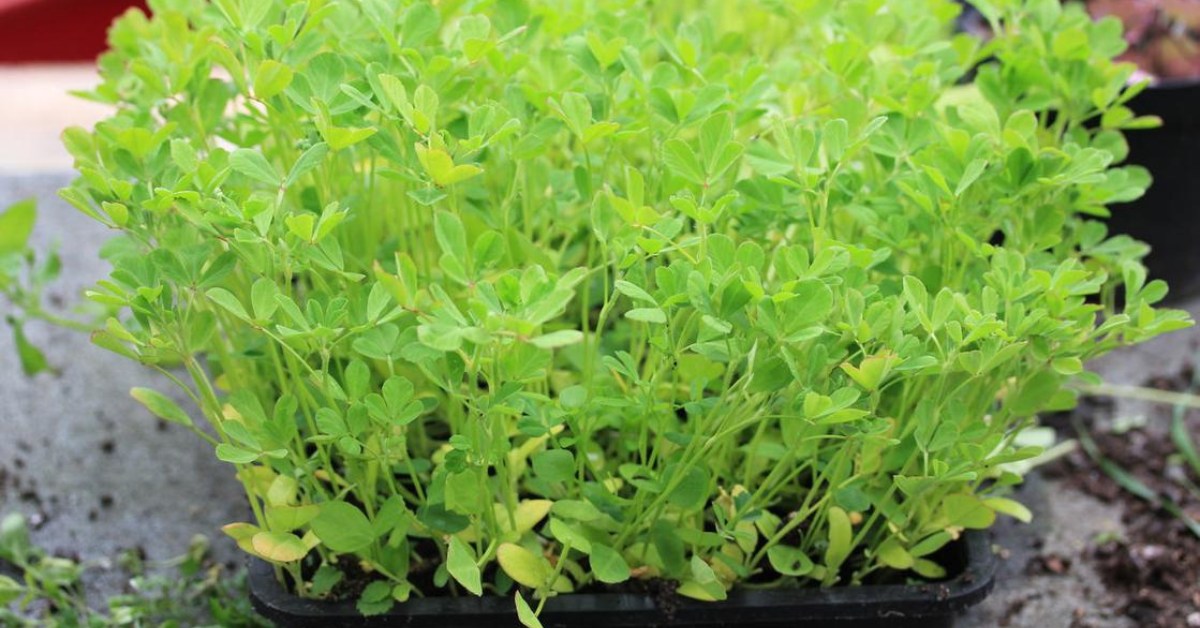 You must scatter fenugreek seeds in a shallow tray filled with moist soil; Picture source: Vertical Veg
You must scatter fenugreek seeds in a shallow tray filled with moist soil; Picture source: Vertical Veg
How to grow?
- Soak seeds in water overnight.
- Scatter them in a shallow tray filled with moist soil.
- Cover lightly and keep in partial shade.
Care tips:
- Mist daily with a spray bottle.
- Thin the plants if they grow too densely.
- Ready to harvest in just 12 to 15 days.
Growing herbs on your balcony brings beauty, health, and flavour into your life, and it does not take much effort to get started. With the natural rhythm of the rains, you can create a little herbal haven, one that rewards you with fresh leaves, comforting scents, and a connection to nature.
News